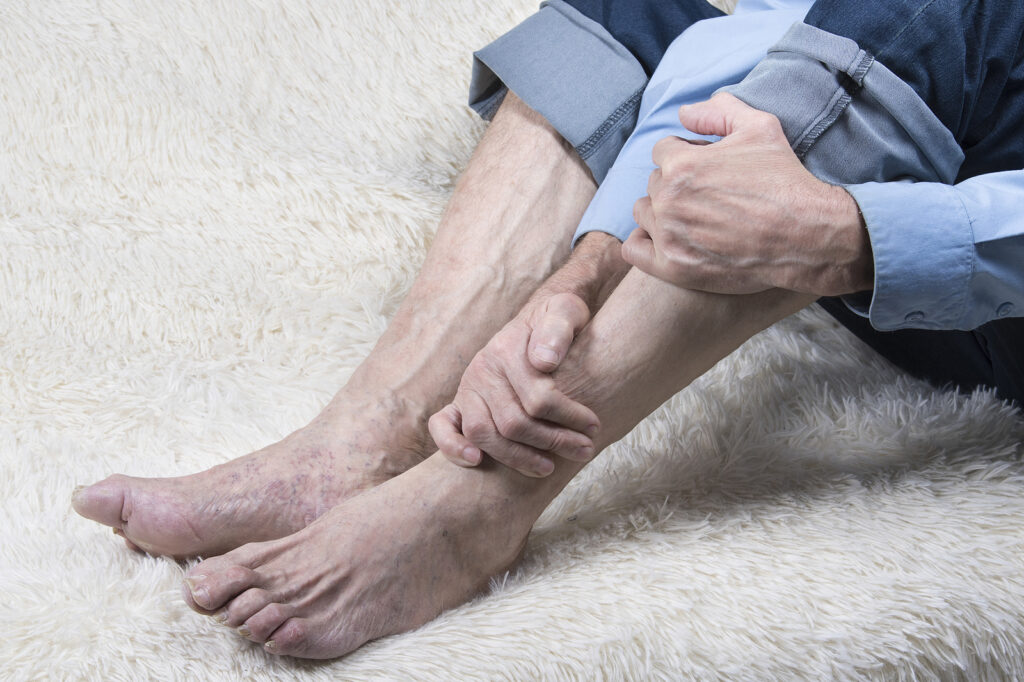Throughout life, there are many changes that occur within the body. One such change that seniors might not expect are changes in their feet. These changes can be significant, causing them to make adjustments in the way they go about their day. As such, seniors may need support from home care providers to help them maintain mobility and general health, as well as education on how the feet evolve and how these changes may affect them.
How Does the Foot Change Over Time?
While no two feet are the same, there are some common changes that often occur that may impact how seniors go about their day. These include the following:
- Loss of Padding: With age, the padding that supports the bones of the foot tends to get thinner. This thinning may cause increased discomfort, particularly while walking or standing for extended periods of time. Seniors may also be more vulnerable to conditions like plantar fasciitis due to the decrease in padding.
- Arch Structure Modifications: Over time, the arch height of the foot may change. Some seniors may struggle with flat feet, meaning the arch becomes less prominent, or the opposite may occur, with high arches becoming more noticeable. Both issues have the potential to cause pain and change seniors’ gait.
- Joint Changes: Age also changes the joints in the foot, including the toes. These changes may make the foot less flexible. Also, if seniors are dealing with arthritis, their mobility may be reduced even more.
- Toenail Changes: As seniors age, their toenails may thicken and become more prone to fungal infections. Additionally, the risk of ingrown toenails increases, which can be quite uncomfortable.
Understanding the Impact of These Changes for Seniors
Some of the ways seniors might be impacted are mentioned briefly above, including changes in mobility. Mobility becomes more difficult for seniors due to pain, stiffness, and reduced cushioning, which can affect their ability to walk comfortably. This reduced movement not only limits what they can do but can also begin to affect their balance, raising the possibility of falling.
Understanding this, it is easy to see how their quality of life as a whole might be impacted. For instance, with reduced mobility, they might withdraw from social situations, which can lead to isolation. This can also affect mental health and increase anxiety or depression symptoms. With home care by their side, seniors have built-in socialization and encouragement to continue engaging with peers.
Managing Foot Health
If seniors are concerned about foot issues, they should see a podiatrist. Detecting and treating issues early on can help avoid later complications. A podiatrist can also suggest proper footwear for seniors to ensure they have the right support.
Home care providers might also help seniors enhance flexibility, strength, and balance by encouraging them to include stretches and foot exercises in their daily routines. Things like ankle circles, heel lifts, and toe curls can have a big impact.
Over time, feet experience numerous changes, some of which can be quite significant for seniors. However, with the help of home care, seniors can preserve their mobility, reduce discomfort, and improve their general quality of life by being aware of these changes and adopting proactive measures to manage foot health.
If you or an aging loved one is considering Home Care in Fairfield, CT, please contact the caring staff at Connecticut Nursing Services today. 203-730-2739
Sources:


